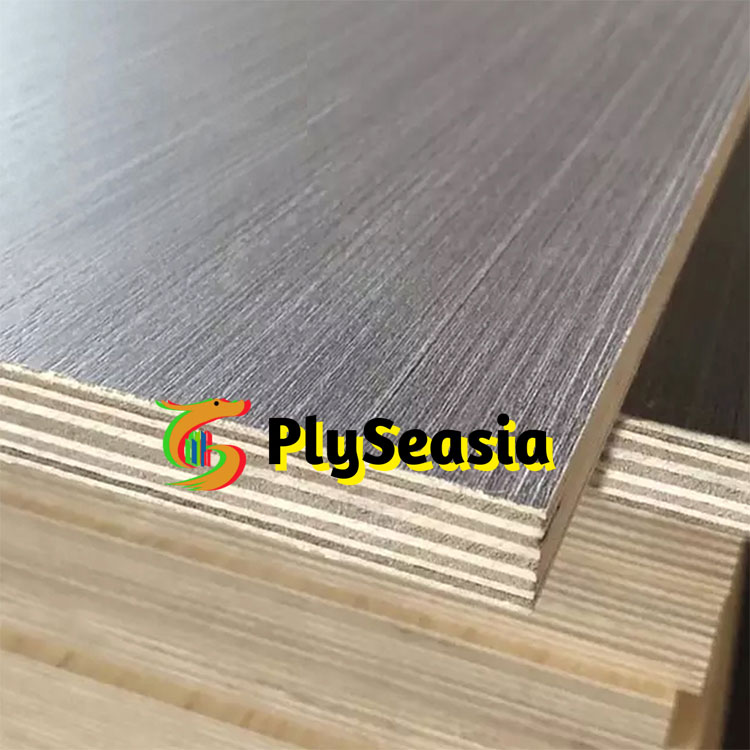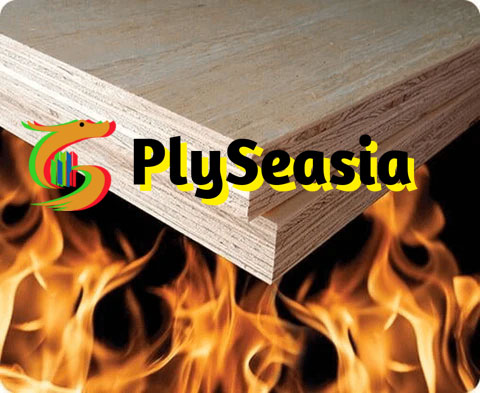Plywood Processing & Treatment in Thailand | Complete Guide
In the Thai market, contractors and furniture factories often need to process and treat raw plywood to adapt to climate conditions, construction environments, and final applications. Proper processing not only extends plywood’s service life but also improves efficiency and product quality.
3 Common Plywood Processing Methods
1. Cutting & Grooving
Standard 4×8 ft sheets are cut into required sizes or grooved for furniture assembly. In Thailand, CNC (Computer Numerical Control) machines are increasingly adopted for high-precision cutting, which reduces waste and improves efficiency.

2. Surface Sanding
Raw plywood often has a rough surface. Sanding ensures a smoother finish, suitable for interior decoration and furniture. Common sanding types include:
- S1S (Sanded One Side)
- S2S (Sanded Both Sides)
3. Laminating & Veneering
Factories often enhance plywood surfaces with:
- Film Faced Plywood – improves water resistance and wear resistance, widely used in formwork.
- Decorative Veneer – walnut, oak, and other veneers for premium furniture.
- Melamine Coating – scratch-resistant and easy to clean, ideal for household and office furniture.

Plywood Treatment Methods
1. Waterproofing
Thailand’s hot and humid climate makes plywood prone to swelling and warping. Using WBP phenolic glue or applying waterproof coatings significantly enhances resistance, essential for outdoor construction and bathroom furniture.
2. Anti-Termite & Anti-Mold
Termites and mold are common in Thailand. Some manufacturers apply chemical impregnation or surface coatings to prevent damage and ensure longer lifespan.
3. Fire Retardant Treatment
Fire-retardant plywood reduces fire risks and complies with safety standards, making it widely used in hotels, malls, and public buildings in Thailand.

For example, film faced plywood is widely used in Thailand’s construction sector due to its water resistance.
If you’d like to explore more about the common plywood types in Thailand and their market usage,
check out our Thailand Plywood Types & Market Analysis.
Value of Plywood Processing & Treatment
| Treatment | Main Function | Applications |
|---|---|---|
| Waterproofing | Resist humidity and rain | Formwork, bathroom furniture, outdoor tables |
| Anti-Termite & Anti-Mold | Protect against insects & fungus | Tropical housing, furniture factories |
| Fire Retardant | Enhance fire safety | Hotels, shopping malls, public buildings |
| Laminating & Veneering | Improve durability & aesthetics | Formwork, high-end furniture, decorative panels |
Tips for Plywood Buyers in Thailand
- Define your purpose: Contractors should prioritize film faced or waterproof plywood, while furniture factories should focus on veneer or melamine boards.
- Check eco standards: Choose low-formaldehyde boards (E0/E1 grade) to meet international environmental requirements.
- Verify processing: Ask suppliers about waterproofing, anti-termite, anti-mold, and fire-retardant treatments.
- Consider imports: Chinese plywood offers competitive prices and advanced processing compared to local Thai products.
Conclusion
In Thailand, plywood processing and treatment determine performance in construction and furniture industries. Contractors can reduce risks during the rainy season and improve formwork efficiency, while furniture makers can upgrade product quality with sanding and veneering.
Therefore, understanding and applying
plywood processing & treatment in Thailand
is essential for ensuring project quality and reducing long-term costs.
For a complete guide covering plywood categories, pricing, and real use cases in the Thai market,
please visit our Pillar Page: Complete Plywood Guide for Thailand.


